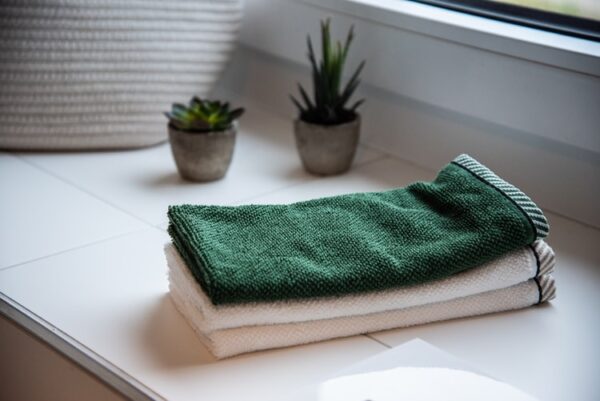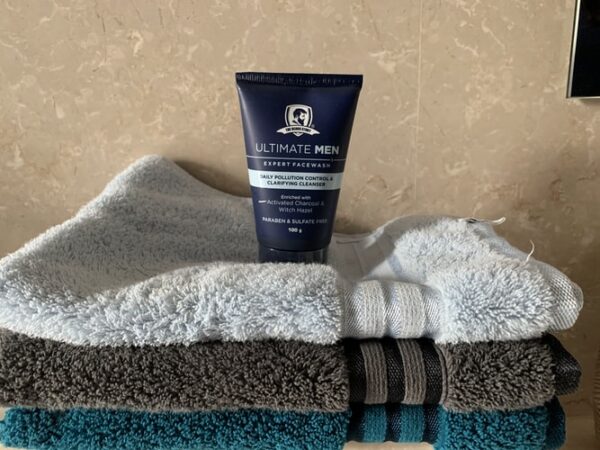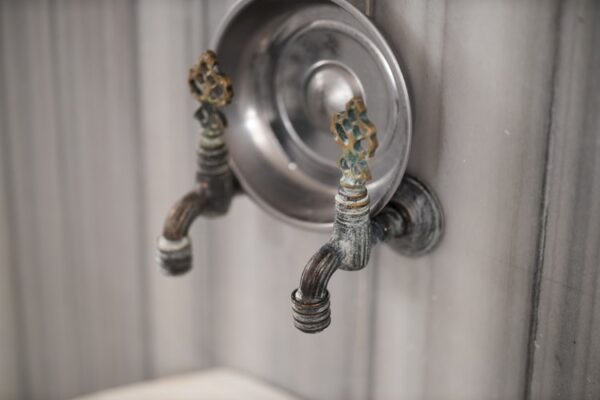
What Is A Turkish Bath (Hammam)
Hamam, also known as hamman, is an Arabic word for Turkish baths. It’s a communal bathhouse associated with the Islamic culture. Baths have been an essential part of life in Istanbul, Turkey, since Byzantine and Roman times. Byzantine baths served as a place to wash and as a social hub for people to meet their friends and argue over politics.
The Turkic people in Central Asia also had a steam bath called Manchu. They combined their Asian tradition with Anatolia’s Roman bath culture, resulting in the Turkish bath. Turkish baths may have used the same type of heating method as the Roman baths, but they have several differences.

For instance, the Turkish bath has three rooms – the harrare or sıcaklık (hottest room), ılıklık (tepidity room), and soğukluk (cool room). A single bath would accommodate females on certain hours and days, while a double Turkish bath has separate rooms for males and females. If you want to learn more about the Turkish bath, continue reading this guide.
History of Turkish Baths
During the Ottoman period, many hammams were constructed in the towns of Bursa, Iznik, and in complexes where trading occurred. Upon Istanbul’s conquest in 1453, the Ottoman sultan Mehmed II built 19 hammams in Istanbul. Five of those baths were quite large. The Ottomans also built hammams and Byzantine marketplaces in those regions.
Baths during the Ottoman period
Baths were often built inside a külliye, a large building complex that includes a mosque, library, hospital, lodgings for clerics or students, soup kitchen, school, and other charitable services for further annexes and the community. The baths were sponsored by organizations spearheaded by the sultan, royal family members, and other prominent people in the Ottoman Empire.
The income from the baths was used to maintain the mosque and other structures in the complex. Empire officials also used their wealth to build a külliye. Aside from constructing baths in Istanbul, the Ottomans also built numerous baths across the empire. And because of this, many dilapidated Ottoman baths can be found throughout Europe, North Africa, and the Middle East.
Turkish writer and traveler Evliya Celebi documented 151 Turkish baths in Istanbul alone. The waterside residences in Istanbul, the grand mansions in provincial towns and cities, and the imperial pavilions and palaces had private baths too. The baths were usually found at the end of a flower-lined hallway. Bathers usually consumed sherbets and fruit juices in the hamam.
The Hamam as a social hub
The hamam also played a crucial role in the segregation and socialization of Ottoman males and females. Public baths located in villages and cities accommodated everyone. Male and female baths are separated in Turkish baths, but the bathing ceremonies are similar for both genders.
Since the hamam served as a place that didn’t look upon one’s social status, it helped sustain the empire for centuries. Turkish baths have also played a more significant part in the social life of women.
Contrary to males, Ottoman women visited hamams in groups. Even the preparation carried out before visiting the bath was a social activity as well. Each item used in the activity was carefully and properly prepared.
Accessories Used in Turkish Baths
Ottoman women had 13 to 14 bathing accessories. Every family also had two bath bowls that showcase their wealth and taste. The smaller bowl was for women, while the larger one was for the males.

Bath bowls, soap dish, mirrors, and clogs
Bath bowls used in Turkish baths came in different varieties. Round and fat bowls were usually made from copper, silver, or bronze and decorated with fish, reliefs, or inlays. The comb, lathering and rubbing mitts, and soap were placed inside the soap dish, a lidded container with an oval-shaped handle. The bottom of the soap dish had holes as well.
Aside from these accessories, the Ottomans had a pumpkin-shaped metal container where they keep their jewelry after taking off their clothes and accessories in the bath. They also wore wooden bath clogs that were decorated with silver bells, which accompanied each step of the young Ottoman women with a nice tinkle.
Bath mirrors were round or oval with silver or wooden frames, while the combs were made from ivory and overlaid with gold and silver. The combs were either fine-toothed or coarse-toothed. The bath towels were thin and embellished with different kinds of needlework. The highest-quality bath towels were made in Bursa.
Turkish baths and parties
Important events were also held at Turkish baths. For instance, the votary bath was held when the wish of a person was fulfilled. The bridal bath was held a day before the wedding celebration commenced.
The tear-drying bath was attended by the friends and relatives of the deceased 20 days after his or her death. The 40-day bath was all about celebrating the 40 days following a child’s birth.
The guest bath was held to meet special visitors. The Ottomans also took a holiday bath during religious holidays. However, the importance of baths has dwindled a lot as Turks have started building indoor bath facilities in recent years.
Private baths in Istanbul
A list shared the districts and names of 75 Turkish baths in Istanbul from 1886 to 1887. Private baths became more common in the latter half of the 19th century, but some practices common to charity baths didn’t completely disappear.
This is because the central and local authorities tried to ensure that some of the bath traditions were maintained. At present, there are 57 historical hamams in Istanbul. These baths serve well under 200 clients every day.

Some of the most popular historical baths in the city are Çardaklı Hamamı in Kadırga, Cağaloğlu Hamamı in Cağaloğlu, Çemberlitaş Hamamı in Çemberlitaş, and Galatasaray Hamamı in Galatasaray. The most popular and oldest baths are Galatasaray Baths, Cemberlitas, Cagaloglu, and Suleymaniye. Both Galatasaray and Suleymaniye accommodate males and females.
Conclusion
Visiting a hamam should be a relaxing experience. You can even spend the whole day in a Turkish bath if you want. But even if you’re not a spa lover, visiting a Turkish bath is still worth including in your must-do list.
best sauna experience, buy cedar barrel sauna, buy sauna review